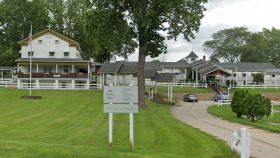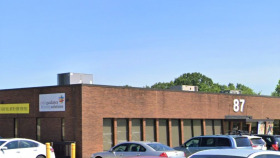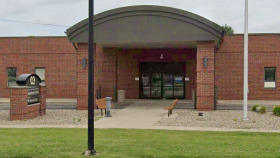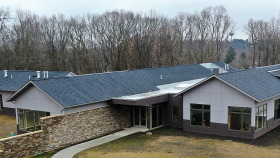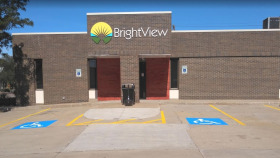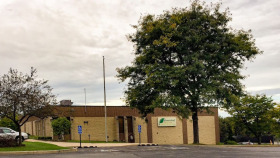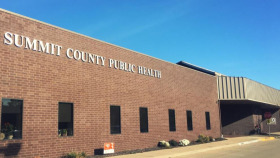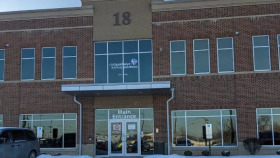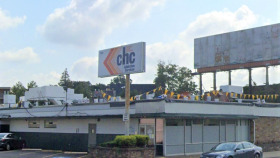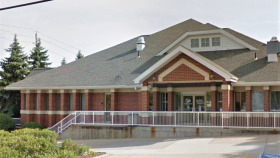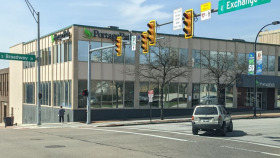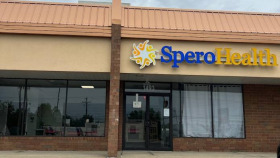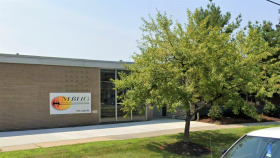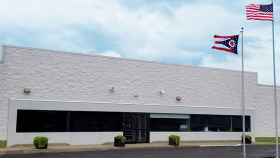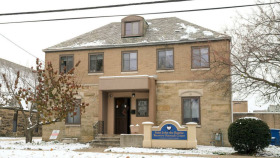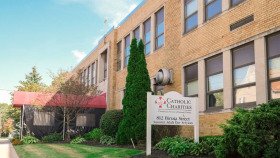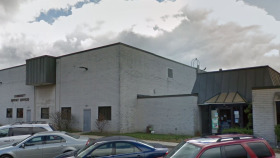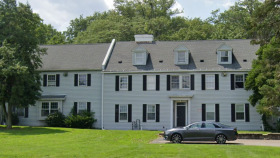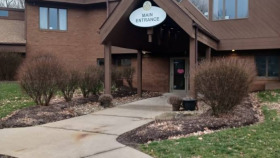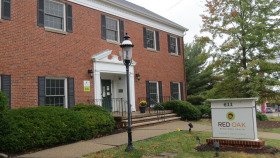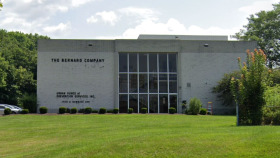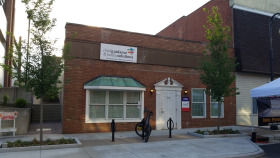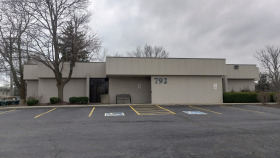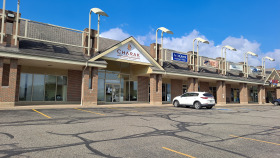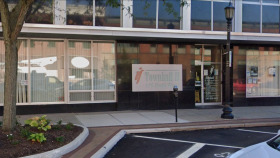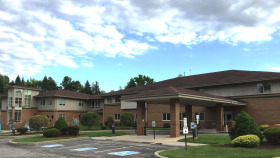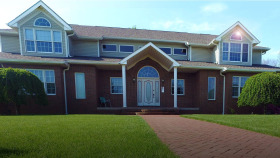Expert Insights
Summit County experienced 1,100 emergency room visits due to drug-related overdose in 2020. And between 2020 and 2021, county morticians recorded a 140% increase in drug-related deaths. Whatever Akron officials have been doing to prevent drug tragedies, it clearly hasn’t been working. But some new efforts are on the scene that could provide new hope. The Summit County Alcohol, Drug Addiction and Mental Health Services (ADM) Board has increased access to assistance with a 24/7 addiction treatment call line. Plus, the ADM board is thinking outside the box for solutions – like shoes. Their shoe give-away program helps remove financial stress, which often triggers drug use. These types of practical solutions can make a huge impact on the community.
~ Kerry Nenn
Cost of Drug Rehab in Akron
The cost of care at Akron drug rehabs varies widely from facility to facility. Some treatment centers charge several thousand dollars per month for their services, while others provide income-based treatment that’s highly affordable or even free. Some of the many factors that influence these differences in costs include:
Type of treatment facility (luxury vs. standard)
The duration of your treatment program (the more time you spend in rehab, the more you can expect to pay)
Whether you have health insurance, the type of insurance you have, and your plan’s extent of coverage
Whether a rehab facility offers any form of financial aid (scholarships, sliding-scale services, etc.)
Whether a treatment center receives government or non-profit funding (these facilities typically offer lower-cost services)
Although rehabilitation can be quite costly, its benefits unquestionably outweigh the costs. If you’re uninsured or underinsured and feel like care is out of reach, you can still get help. Many local treatment facilities can work with you, regardless of your ability to pay. If you have a low income, you may qualify for a subsidized insurance plan that can also help reduce your costs.
Akron Alcohol and Drug Use Statistics
Akron is the largest city in Summit County, Ohio. Like many densely populated areas throughout the state, the city is no stranger to substance abuse within its communities. Recent drug and alcohol use statistics in the Akron area include:1,2

In 2020, Summit County emergency rooms treated nearly 1,100 victims of drug-related overdose.

In 2018, 105 Summit County residents suffered a fatal drug-related overdose.
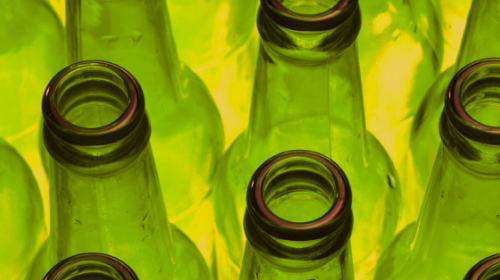
As of 2019, 25% of Summit County adults reported engaging in excessive alcohol consumption.

As of 2019, 44% of all motor vehicle fatalities in Summit County were caused by alcohol-impaired drivers.
Morticians recorded an increase in drug-related deaths of roughly 140% between 2020 and 2021.
The average annual number of overdose deaths in Akron was 182 at the start of the COVID-19 pandemic.
Throughout the year 2020, the city of Akron saw 1,821 annual overdoses.
Drug and Alcohol Laws in Akron, Ohio
Ohio Good Samaritan Law: Under this law, you cannot be arrested or prosecuted for minor drug possession if you call 911 because you or someone you know appears to be overdosing. However, you must complete drug testing and receive a referral to treatment within 30 days of reporting the overdose to receive immunity. If you’re on probation or parole, you’re not eligible for immunity under this statute.14
Ohio Driver Intervention Program: This program offers first-time offenders found guilty of operating a vehicle under the influence of alcohol or other substances an alternative to Ohio’s mandatory three-day jail term. The program involves a two- to three-day commitment for a combination of screenings and education on traffic safety and substance use.15
Casey’s Law: This law aims to help prevent fatal overdoses throughout Ohio. Under this act, people with addiction can be involuntarily committed to treatment by parents, relatives, or friends who are concerned about their well-being. Concerned parties must file a petition with the court to initiate the process, and the court must grant permission for treatment to commence.16
Resources
- Akron, Ohio Population 2021 (Demographics, Maps, Graphs). (n.d.). Worldpopulationreview.com.
- FindTreatment.gov. (n.d.). FindTreatment.gov.
- Summit County Public Health. (2020). Population Health Vital Statistics Brief: Drug Overdoses, January 1–January 31, 2020.
- Summit County Public Health. (2019). 2019 Community Health Assessment.
- Frank, R. G., Beronio, K., & Glied, S. A. (2014). Behavioral Health Parity and the Affordable Care Act. Journal of Social Work in Disability & Rehabilitation, 13(1-2), 31-43.
- Ohio Department of Medicaid. (n.d.). Medicaid Behavioral Health.
- Medicare.gov. (n.d.). Mental Health and Substance Use Disorder Services.
- Congressional Research Service. (2020, June 4). Medicare Coverage of Medication Assisted Treatment (MAT) for Opioid Addiction.
- Substance Abuse and Mental Health Services Administration. (2022). Medication-Assisted Treatment (MAT).
- Substance Abuse and Mental Health Services Administration. (2022). Methadone.
- Substance Abuse and Mental Health Services Administration. (2022). Buprenorphine.
- Substance Abuse and Mental Health Services Administration. (2022). Naloxone.
- Substance Abuse and Mental Health Services Administration. (2022). Naltrexone.
- U.S. National Library of Medicine. (2017). Disulfiram. MedlinePlus.
- U.S. National Library of Medicine. (2016). Acamprosate. MedlinePlus.
- Ohio Department of Health. (n.d.). Good Samaritan Law: Call. No Matter What.
- Ohio Mental Health and Addiction Services. (n.d.). Driver Intervention Program.
- Ohio Legislative Service Commission. (2013). Ohio Revised Code, Section 5119.91 Involuntary treatment for alcohol and other drug abuse.


